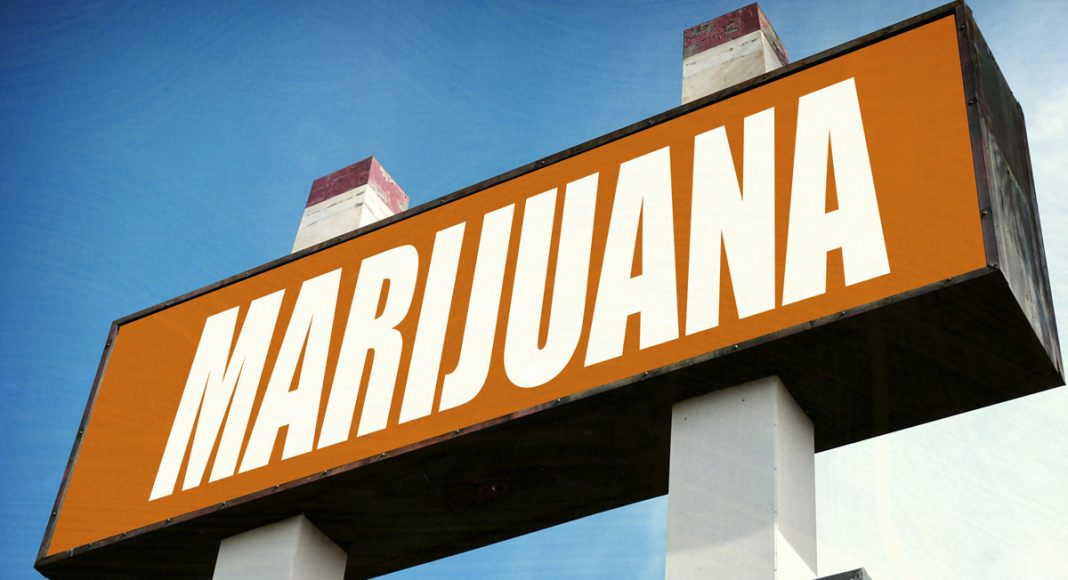It is sure to be a study that drug warriors will grasp onto in their efforts to keep the War on Drugs alive and (barely) kicking. This report made for sensational headlines in mainstream media earlier this week and was shared gleefully on social media among prohibitionists.
In a study conducted by RAND Corporation and published in the journal Drug and Alcohol Dependence, adolescents who view more medical marijuana advertising are more likely to have more-positive expectations about the cannabis. The study also finds a connection to ads and teen consumption or “express intentions” to consume.
“This work highlights the importance of considering regulations for marijuana advertising that would be similar to rules already in place to curb the promotion of tobacco and alcohol across the United States,” said Elizabeth D’Amico, the study’s lead author and a senior behavioral scientist at RAND, a nonprofit research organization.
The study tracked adolescents’ viewing of medical marijuana ads over seven years. RAND claims the study’s findings provide the “best evidence to date that an increasing amount of advertising about marijuana may prompt young people to increase their use of the drug.”
Before everybody freaks out, let’s take a minute to chill out. First of all, did you notice where the study was published? In the journal Drug and Alcohol Dependence. And you should know before reading further that support for the study was provided by the National Institute of Alcohol Abuse and Alcoholism.
OK, now that you have that framework, let’s take a look at what the study revealed. The RAND study followed 6,509 adolescents from 2010 until 2017 who were originally recruited from 16 middle schools in three school districts in Southern California, and went on to more than 200 high schools in the region.
In the seven-year period of the study, cannabis was not regulated in California. Sure, medical marijuana was legal, but it was truly the Wild West — especially in Southern California. The lack of control and regulations were the key reason voters in the state overwhelming supported full recreational cannabis in 2o16.
Since regulated marijuana went into effect this year, marijuana advertising is — surprise! — regulated. The state’s Cannabis Control Board strictly enforces how cannabis companies can advertise its products and services. The agency takes special care in singling out the illegality of targeting ads to the state’s youth.
Currently, there are seven states that have legalized recreational adult use. In every single one of these states, there are laws regulating marijuana advertising practices. The researchers at RAND simply can’t extrapolate these findings to other states. It’s an absurdly unscientific reach.
And yet the study does exactly that:
“Researchers say the issue is of increasing importance because 29 states and Washington D.C. have approved sales of medical marijuana, and nine states and Washington D.C. also have approved recreational sales of the drug. Both actions are likely to lead to more marijuana advertising that will be visible to adolescents, even if they are not the target of the ads.”
When it comes right down to it, most cannabis legalization activists, business owners and consumers approve of regulating ads, especially ones targeted at minors.
Most Americans agree with the study’s conclusion:
“As more states legalize marijuana for medical or recreational uses, we must think carefully about the best ways to regulate marijuana advertising so that we can decrease the chances of harm occurring, particularly for adolescents,” D’Amico said.
So why the hand-wringing and tsk-tsking among the drug warriors? Like a lot of their arguments, it’s a nothing burger.


